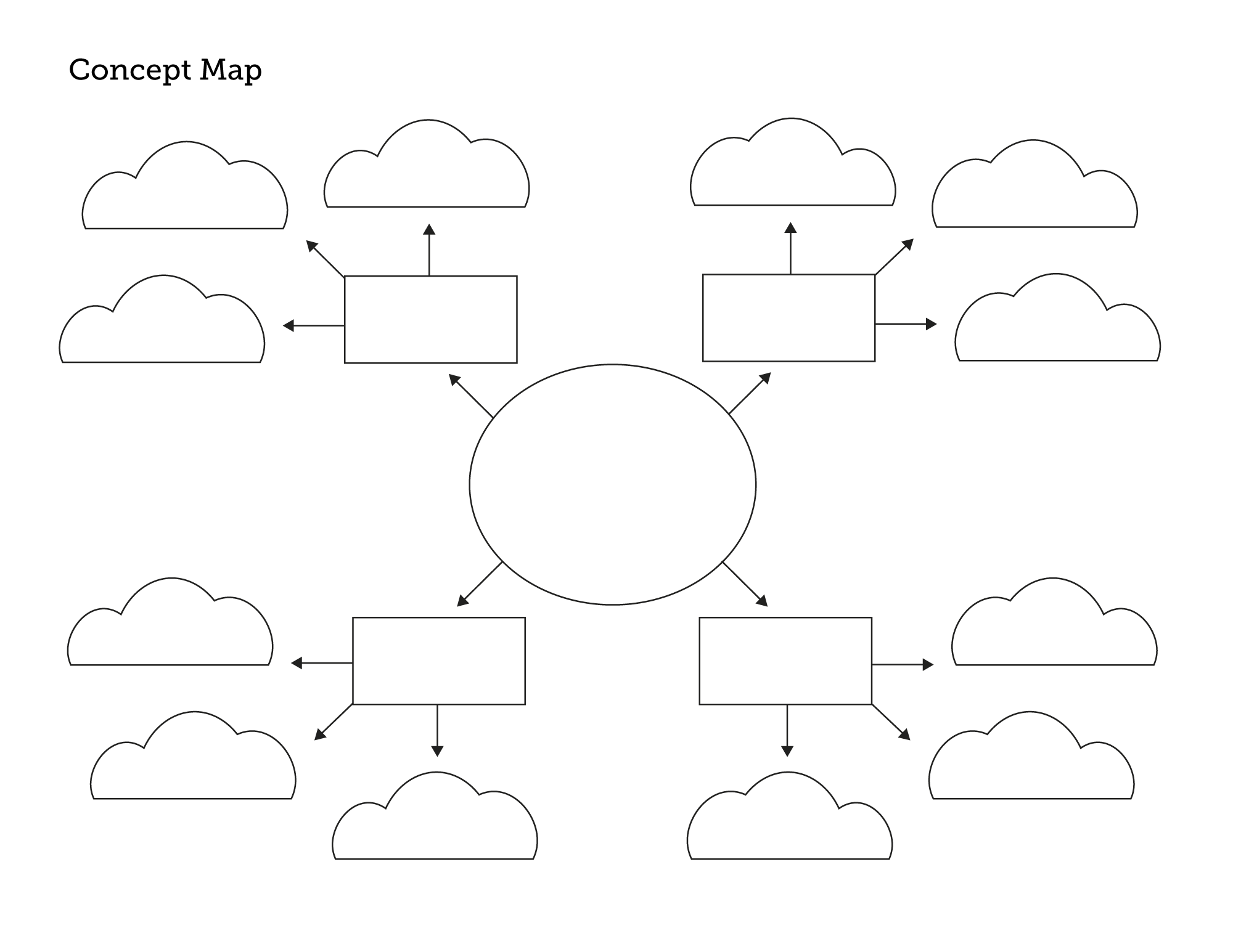Ask yourself “What do you want to accomplish with your media project?”
I want my media to: ____________________________________
Picture your audience in your mind. Don’t think of them as a faceless crowd of people. Think of someone you know, who can represent the larger audience you want your media to reach.
My target audience…
Use these questions and tools to brainstorm about your story.
Make a list or a mind map of all of the elements that come to mind when thinking of your topic. It doesn’t matter if these elements make it to the final product or not. Allow yourself to freely brainstorm all aspects of your topic. There are no wrong answers. Write down EVERYTHING.

Complete the following sentences:
I want the audience to see…
___________________________________________________
I want the audience to hear…
___________________________________________________
I want the audience to feel…
___________________________________________________
Describe the world you want the audience to inhabit while viewing your media:
___________________________________________________
After viewing my media I want the audience to feel…
___________________________________________________
Is there a character or characters that can act as the focal point of the story? Who are we watching, learning from or emotionally connected to throughout this story?
Your characters do not have to be people — a main character can also be an object! What is it like to be a forgotten condiment at the back of a fridge, or a stoplight in the middle of a busy neighborhood?
Where will your story take place? You have an opportunity to create the world your audience will inhabit. Especially with 360° video, think about visually interesting places that will draw your audience in.
Describe the location(s) as thoroughly as you can. My story will take place in:
___________________________________________________
Create your “logline” by putting everything you have developed together into 1-3 sentences. It should include:
For example:
This project is about the local Community Pool and the conditions that make it unsafe for youth to use. We will follow a 9-year-old on a tour of the space and point out the slippery surfaces, unfinished walls and other safety issues that must be addressed. Our goal is to encourage adults in the community to make the pool a fun and safe place for everyone.
My logline:
___________________________________________________
___________________________________________________
___________________________________________________
Create an outline of your entire media project. It should include:
Once you have developed an idea for your media it is important that you share it with people who can support your project. Your goal during a project pitch is to give the audience a clear idea of what your ideas your project will cover, and what your project will look like and sound like.
The “logline” that you created in Step 4 above is a great start for your pitch because it should describe the main idea of the project, what the audience will experience, and the goal of your media. Along with the logline, make sure you explain who you are and what role you will play in the project, as well as the title of your project.
Tips:
Finally, present your pitch in front of your classmates and ask for feedback on your story idea, as well as your delivery of the pitch itself.